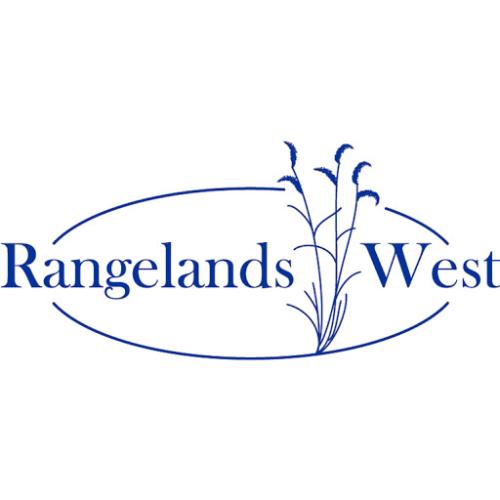Modern range scientists and managers are tasked with feeding more people than ever before while maintaining or improving the ecological function of over half of the world's land surface. Often, these tasks are in conflict. This disparity is evident in the relationship between rangeland livestock producers and black-tailed prairie dogs (Cynomys ludoviciana). Prairie dogs are considered a keystone species and an ecosystem engineer, but they also reduce available forage for livestock. In this disquisition we investigated the dynamic relationship between prairie dog activities and cattle grazing in respect to their combined and separate influences on plant community composition and western wheatgrass (Pascopyrum smithii) reproduction in northern mixed grass prairie. Our study took place on a private ranch in north-central South Dakota on the Standing Rock Indian Reservation, near McLaughlin. Using paired plots that either allowed or excluded cattle grazing, we were able to quantify the effects of different grazing intensities and grazing removal. While plant community composition and bare ground percentage were different among grazing regimes and ecological sites, removal of cattle grazing pressure did not change plant community composition over the three-year study in comparison to full use grazing (40 - 60% degree of disappearance). These findings show that short term (3 year) changes in grazing intensity did not lead to plant community change in northern mixed grass prairie. This was true regardless of ecological site and prairie dog occurrence. Western wheatgrass bud banks were also not influenced by herbivory type or intensity. This finding underscores the importance of aboveground tiller numbers as an indicator of reproductive capability rather than bud bank in western wheatgrass. Taken together, our results suggest that full use cattle grazing is a sustainable practice in northern mixed grass prairie. Our results also indicate that western wheatgrass vegetative reproduction is not likely to be inhibited or promoted by grazing.

Articles, citations, reports, websites, and multimedia resources focused on rangeland ecology, management, restoration, and other issues on American rangelands.